#west sea shellos
Text
Round Two

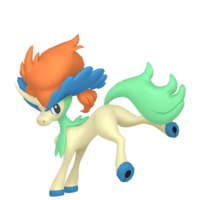
[ID: Two images of shiny pokemon. On the left is west sea shellos who is salmon pink with darker pink on the top of it's head. On the right is keldeo who's mane is orange and neck fluff/tail is mint green. End ID]
40 notes
·
View notes
Text

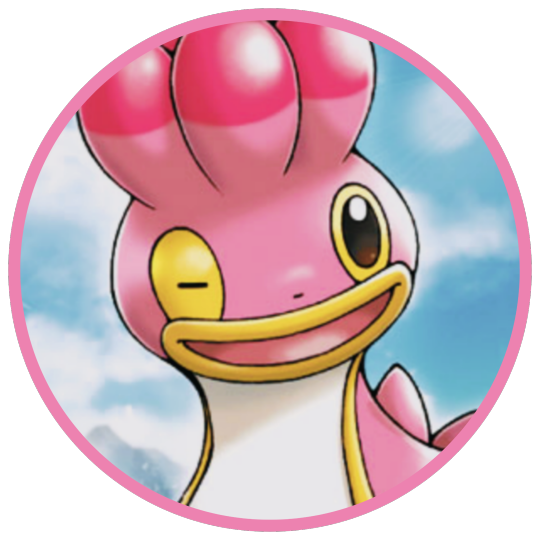
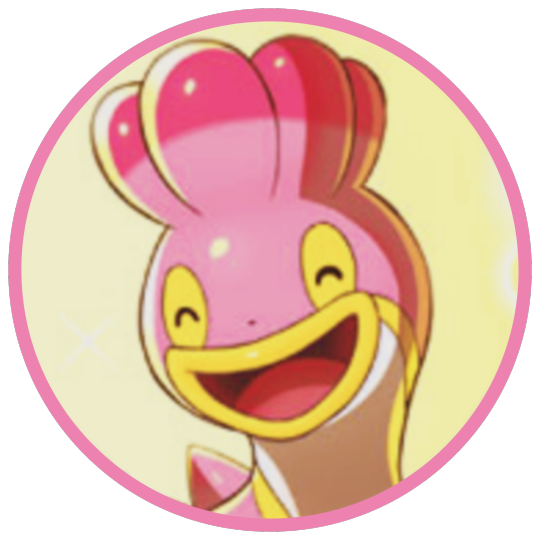
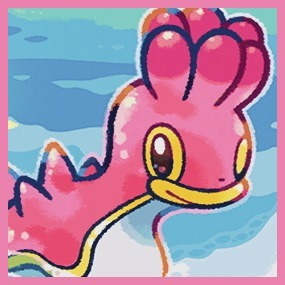
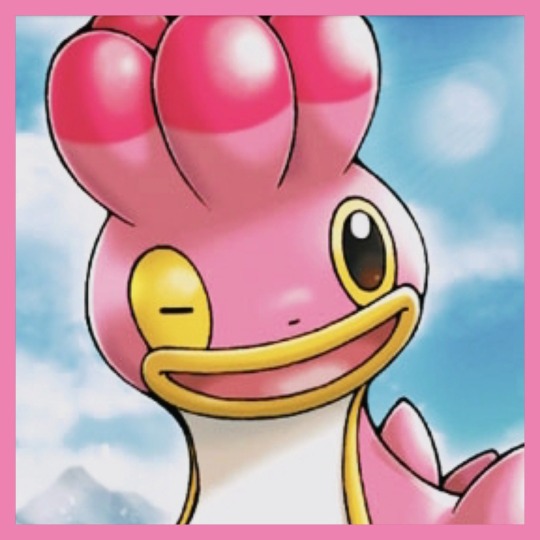
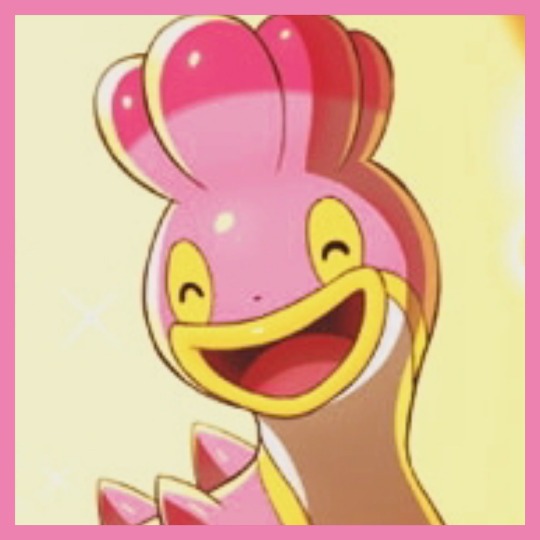
West Sea Shellos icons — requested by no one
Free to use, but credit is appreciated
#pokemon#pokemon icons#gen 4#shellos#shellos pokemon#west sea shellos#square icons#round icons#simple icons#icon set
8 notes
·
View notes
Text
You were sitting on the swinging bench of your porch, pleased with the gentle wind that was floating by. Looking over, your pink Shellos was sitting by the miniature pond you had finished a few days ago, with its own plankton and everything. Perfect for the little West Sea slug that had been waiting for AGES! Well, an exaggeration on its part, you take it to the nearby beach all the time. But now, Shellos would be able to get some convenient moisture nearby. A win for the both of you in case you both were too lazy to go on a walk!
But just as you were relaxing in your seat, you heard something..off. Some sort of barking? Opening your eyes to try and see who’s disturbing your rest, your eyes fell on your Shellos, back turned to you. You raised an eyebrow. What in the heavens could be angering it now? The only way you knew your West Sea Shellos to get worked up was—oh.
Oh no.
Looking over, you spotted a vibrant green sea slug of the East Sea being walked by another person. Just as you feared. Or more accurately, just as your West Sea felt a rivalry between. Before you could do something, your Shellos took off in the direction of the other slug, who was oblivious to your incoming pink one! Your legs went faster than your mind, you needed to catch up, and quick! Or else, your West Sea Shellos would—
Just kidding. Shellos were not too fast. Your pink one made it a foot from your yard before you scooped it up in your hands, making your Shellos whine in indignation. Just as you were going to scold it for running out of the yard, in the corner of your eye, you watched the East Sea Shellos’ trainer head up the stairs and into the house next to you. The one that’s been available for a while.
They moved in next to you. Much to your horror, and to your Shellos’ mischievous delight. You knew at this point, any warning you’re giving your Pokémon would not be anything it heard meaningfully. Your Shellos was way too determined to show that blue and green slug that it was the better version.
Dang it.
7 notes
·
View notes
Photo
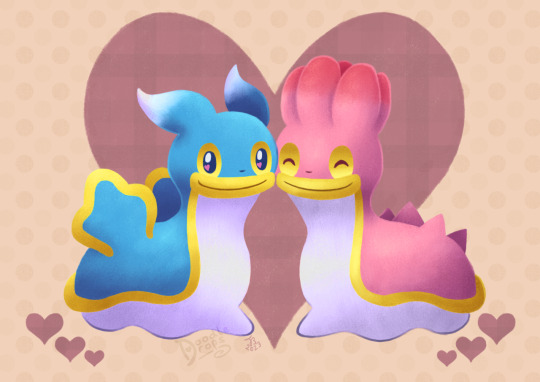
Shellos in Love 💕
#pkmnart#shellos#Pokemon Art#pokemon artwork#pokemon#pokémon#water pokemon#gen 4 pokemon#Sinnoh Pokemon#east sea shellos#west sea shellos#finished art#fanart
39 notes
·
View notes
Text
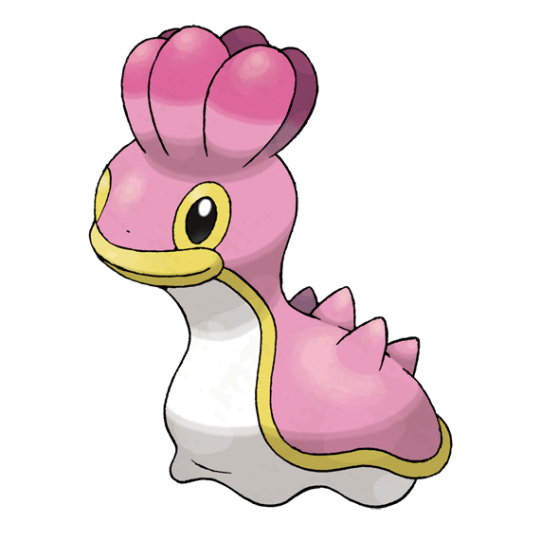
3 notes
·
View notes
Text
Shellos & Gastrodon
Shellos (#422)
Limarex cornusformosus pacifica (West Sea Shellos)
Limarex cornusformosus atlantica (East Sea Shellos)
General Information: Shellos the Sea Slug Pokémon. When under duress, Shellos emit a sticky purple fluid from themselves. While otherwise harmless, this fluid serves a vital defense mechanism against threats.
There are two main forms of Shellos: the West Sea and East Sea variants. There may be more unofficial variants.
Both forms of Shellos are 1 foot tall (0.3 M) and weigh about 13.9 pounds (6.3 kg).
Habitat: Shellos are found all around the world. They generally live in shallower waters near coral reefs and sponge reefs, able to crawl onto land for a few hours at a time before they risk drying out and have to return to the water.
The East Sea variant prefers the colder waters of the Atlantic, and have in recent centuries steadily decreased in numbers and even immigrated farther to the poles. In contrast, the West Sea variant prefers the warmer waters of the Pacific & Indian Oceans. They have proliferated under the rising ocean temperatures of climate change, and are steadily spreading to other parts of the global ocean, including the equatorial and Mediterranean regions of the Atlantic, as they make their way through the Suez Canal.
The West Sea and East Sea variants are named such because the scientist who realized that these two Pokémon were the same species, was from the Americas, so to him the Pacific Ocean was the West Sea and the Atlantic Ocean was the East Sea.
Life Cycles: Shellos are born from tiny eggs by the hundreds every winter, when oceanic oxygen saturation is at its peak. These eggs are not tended to by its parents, and many are eaten long before they’re ready to hatch. Upon hatching, the Shellos is fully independent and ready to start eating algae. Their natural defensive measure, the purple sticky ink stuff, is fully self-automated just like making mucus and breathing is for humans.
Every autumn, the Shellos begin the mating cycle, which is involves finding another Shellos (or other species, of course) that they fancy and a few weeks later laying a giant clutch of tiny Pokémon eggs. And I mean tiny, Shellos eggs are about the size of an adult human pinky-finger bone.
Behavior: Shellos are colonial animals that enjoy safety in numbers. They are amicable though scared easily by perceived threats.
Diet: They eat algae.
Conservation: Threatened (East Sea), Least Concern (West Sea)
Relationship with Humans: Shellos are neat little critters of the ocean. They have been food, companions, and just little guys you can keep in a saltwater aquarium. There is a misnomer that Shellos are “low-maintenance” pets, and this is far from the truth. They are saltwater organisms that require highly specific habitats just like other saltwater pets. While they have a tolerance for land, they need to be in saltwater for at least half of their day when outside their Pokéball. Of course, the specialty Pokéball, the Dive Ball, automatically provides a stable salt or fresh water environment depending on the species.
The spreading invasion of West Sea Shellos is a pressing point in marine conservation biology, and local Rangers and scientists are already trying to curb the spread and reintroduce East Sea Shellos in their old homes. Unfortunately, these efforts are limited in their success not because the East Sea Shellos can’t handle the warmer waters, but because the West Sea Shellos handles it better—they’re faster, quicker to react to predators, and have a greater tolerance for the lower oxygen levels. The two subspecies don’t even directly compete, in fact Shellos and Gastrodons alike are amicable with each other, it’s that they are evolutionary adapted for different ocean temperatures.
Shellos are capable of rapid regeneration and immense stretchiness of their limbs. Their regenerative capabilities are a source of scientific investigation.
Classification: Shellos are in the clade Anaspidea (Sea Hares). The species epithet “cornusformosus” roughly means “well-formed horns.”
Gastrodon (#423)
Limarex gigasformosus pacifica (West Sea Gastrodon)
Limarex gigasformosus atlantica (East Sea Gastrodon)
General Information: Gastrodon the Sea Slug Pokémon, and the evolved form of Shellos. Just like its pre-evolution, Gastrodon release the same sticky purple fluid when under pressure, which allows them to flee from threats. Their bodies are startling soft and squishy, and they leave behind a trail of sticky slime when they move around on land. Once upon a time, the ancestors of Gastrodons once had a shell that protected them.
They average at 2’11 ft (0.9 M) tall and weigh about 65.9 (29.9 kg).
Habitat: While Shellos live deeper in the water along reefs, Gastrodons prefer shallow tide pools, beaches, and rocky shorelines. They will move about on land as seen fit, especially during rainy weather, but have to be wary of their hydration levels for Gastrodons are susceptible to dehydration if they are out of water for too long.
Life Cycles: Gastrodon life cycles are identical to Shellos life cycles. The only difference is that Gastrodons are capable of laying more eggs than Shellos.
Behavior: Gastrodon are less friendly toward each other than Shellos are. While they are protective of their own, Gastrodons from other colonies/pods are seen as encroaching on their territory. Normally, pods are respectful of each other’s territory and there’s rarely conflict. In modern times, as West Sea Gastrodons steadily invade the Atlantic and Meditteranean Sea through the Suez Canal, this has led to a rapid uptick in violent conflicts between Gastrodons.
Diet: Gastrodon eat plankton, which is why they’re closer to the water’s surface than Shellos are.
Conservation: Threatened (East Sea), Least Concern (West Sea)
Relationship with Humans: The regenerative capabilities of Gastrodons are astounding, and are a growing area of research for organ replacement science.
Gastrodons are reasonably liked Pokémon. They’re not hugely popular like Eevees or Pikachus, but they’re well-established within the broader pop cultures of the world. There is an entire line of immensely soft and huggable plushies that are based on the squishy Gastrodon and Shellos. They are also popular in tournaments due to their reliability as a partner and surprising usefulness as battlers.
Classification: The genus name “Limarex” is based on “mare” (sea) and “limax” (snail) in Latin.
Evolution: Gastrodon evolves from Shellos at level 30.
~~~~~~~~
Hey guess what, if you like my stuff, this is my website where you can find other Pokémon I've written on and more information about the game that I’m slowly making! Check it out! I write books sometimes too.
#pokemon#Shellos#gastrodon#west sea gastrodon#east sea gastrodon#west sea shellos#east sea shellos#pokemon biology#homebrew#ttrpg#pokemon biology irl#pokemon tabletop#tabletop#tabletop homebrew#pokemon irl#pokemon biology irl tabletop#pokemon gen 4#gen 4 pokemon#pokemon dppt#pokemon diamond and pearl#pokemon platinum#sinnoh#pokemon pearl#pokemon diamond#pokemon bdsp#pokemon brilliant diamond and shining pearl
5 notes
·
View notes
Text

Weird question, but would shiny West Sea Shellos be considered red, orange or pink?
1 note
·
View note
Text
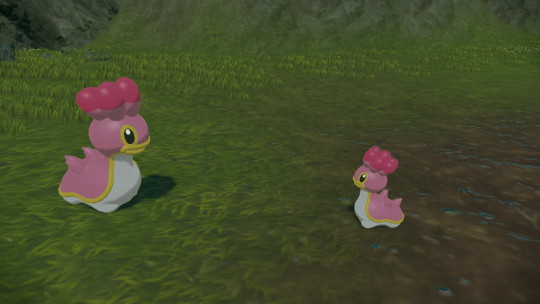
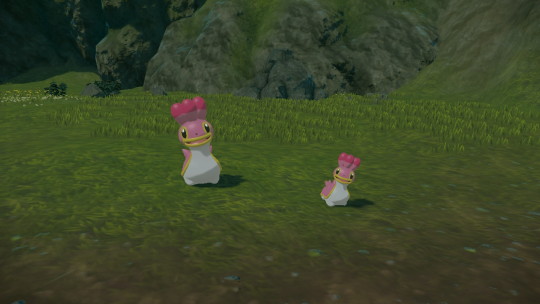
Normal sized and Alpha sized Shellos (West Sea)
#PLA#shellos#west sea shellos#pokemon#ashestoshadows#nintendo#random post#size comparison#shellos is kinda cute- kinda sad it took me this long to realize it#cute#alpha pokemon#alpha shellos
1 note
·
View note
Photo
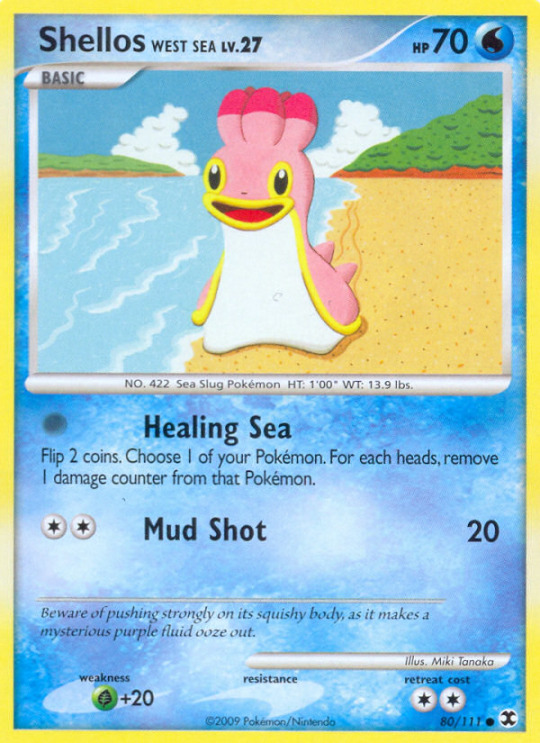
58 notes
·
View notes
Text
i love trading
5 notes
·
View notes
Note
do you know why shellos present an east and west sea form in every region they're in? i always assumed that was something specific to Mt. Coronet, but they have the same pairing everywhere.
the difference in shellos forms is actually the result of varying water temperatures and diet! that's why west sea shellos are increasingly common here in paldea, as our water temperatures continue to rise.
the reason why they're split across mt. coronet in sinnoh is because sinnoh's climate varies so much depending on which side of mt. coronet you're on, with colder waters on the eastern side and warmer waters on the western.
44 notes
·
View notes
Text
Round One
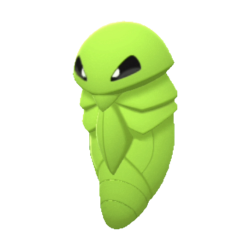
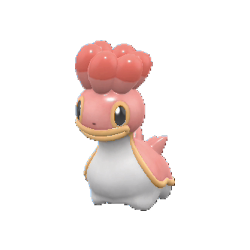
[ID: Two images of shiny pokemon. On the left is a bright green kakuna. On the right is a light pink west sea shellos. End ID]
25 notes
·
View notes
Text


A fun little poll while I work on the elim rounds! My favorites are actually East sea Shellos and West sea Gastrodon!
41 notes
·
View notes
Text
It's been another hot minute since I've posted anything, so take a generational distribution analysis of the new Pokémon Concierge Netflix trailer:
(puppets featured): Panpour, Wingull, Ratatta, Hoppip, Eevee, Dragonite, Charmander, Lampent, Pansear, Pansage, Mudkip, Pidgeot, Snorlax, Seel, Diglett, Dedenne, Skiploom, Furrett, Metagross, Wooper, Psyduck, Bulbasaur, Pikachu, Magikarp, Graveller
(patterns/symbols featured): Ursaring, Charizard, Pidgey, Venusaur, Stantler, Ledian, Farfetch'd, Mankey, Slowpoke, Mantine, Shellos (West Sea), Horsea, Oddish, Bellossom, Omanyte, Shellder, Staryu, Corsola, Starmie, Pikachu, Luvdisc, Wailord, Pachirisu, Fletchling, Gastrodon (West Sea)
Meaning the puppets are distributed: 13 gen one | 4 gen two | 3 gen three | 0 gen four | 4 gen five | 1 gen six | 0 gen seven | 0 gen eight | 0 gen nine
And the pictured/symbolic ones are distributed: 13 gen one | 6 gen two | 2 gen three | 3 gen four | 0 gen five | 1 gen six | 0 gen seven | 0 gen eight | 0 gen nine
Together the distribution being: 26 gen one | 10 gen two | 5 gen three | 3 gen four | 4 gen five | 2 gen six | X | X | X
Which is 26 gen one and 24 not gen one
Here's the data plugged into a pie chart:

Rather unremarkably, gen 1 by far gets the most distribution, representing just over half of all pokémon featured in the trailer. Gen 2 gets the nextmost rep (average 1 out of 5 pokemon), which is unsurprising considering the trend of gen 2 pokémon getting more space in marketing over the last couple years. 3-6 get minimal representation, and 7+ get none at all.
For reference, this is what a fair distribution would look like when considering the pokédex count for each generation:

Obviously there's some major regional preferences in this show. Gen 1 is just about 3x more presented than its ratio in the pokédex (and honestly, this is tame compared to some other regional distributions I've analyzed in the past). Now I'm curious which pokémon projects have the most and least balanced regional distributions, perhaps I'll make more of these to compare?
(the very pretty trailer)
youtube
18 notes
·
View notes
Note
West Sea Shellos is losing because they are racist /lh /j

🐌
40 notes
·
View notes
Text
I doubt this will have a high reach, but I really wanna see the public opinion on this one.
4 notes
·
View notes